Sergio Perez was well on his way to a confidence-building second runner-up finish in a row at the Dutch Grand Prix when the heavens opened in the closing stages.
The Red Bull driver had made his way from seventh on the grid to lead early in after capitalising on a rain shower on lap one to dive into the pits for Intermediates.
Max Verstappen would ultimately overhaul his teammates advantage with ease but with a Red Bull one-two almost certain as Perez held Fernando Alonso at arm's width, only for a sudden deluge to create treacherous conditions.
Perez was the first to stray into the runoff area at Tarzan, knocking the rear wing of his RB19 before pitting at the end of the lap for Extreme Wets.
But entering the pit lane, he aquaplaned again - this time hitting the wall before skirting into the pits above the mandated speed limit.
This would earn him a five-second penalty and with the field bunched following a subsequent red flag, Perez would lose a podium to Alpine Pierre Gasly.
So given the conditions and the circumstances around his speed breach, was the penalty fair?
Mitigation
In almost every type of infringement possible in F1, mitigation can reduce the penalty imposed.
Weather conditions and visibility can play a part in reducing punishment to a reprimand and a fine from a sporting penalty, whilst in other cases the presence of other cars can lead to leniency from stewards.
The red flag was thrown after Zhou Guanyu similarly aquaplaned at Turn 1 and into the barriers heavily, with the Chinese driver and Perez joined in their off-track excursions by Yuki Tsunoda and Lewis Hamilton, amongst others.
The race was suspended because it was impossible for drivers to control their cars and therefore creating a safety concern given the level of standing water, so it seems almost counterintuitive to then dish out a punishment to Perez for the very reason reds were flown.
Team Principal Christian Horner suggested the punishment was harsh when looking at the replays to see that Perez was very much a passenger as the Red Bull aquaplaned upon applying the brakes and it is hard to disagree.
Perez's penalty ultimately cost him a spot on the podium which feels unjust for the crime.
Result Race - Dutch
Safety paramount
The argument against mitigation here is that for F1 and the FIA, safety is of paramount importance and the introduction of any potential grey areas with regards to pit lane speeding could prove extremely dangerous.
Could Perez have exerted more caution in the conditions as to ensure there was no chance of aquaplaning into the pits? Potentially.
There are so many people in the pit lane, from mechanics to engineers to security, marshals, media and FIA delegates that a car careering out of control down a narrow lane - so cramped the speed limit was reduced for this event compared to other tracks - that there was no real option other than to penalise Perez, no matter how harsh it may seem.
Don't miss out on any of the Formula 1 action thanks to this handy 2026 F1 calendar that can be easily loaded into your smartphone or PC.
Download the calenderMost read
In this article
F1 2023 Dutch Grand Prix RN365 News dossier
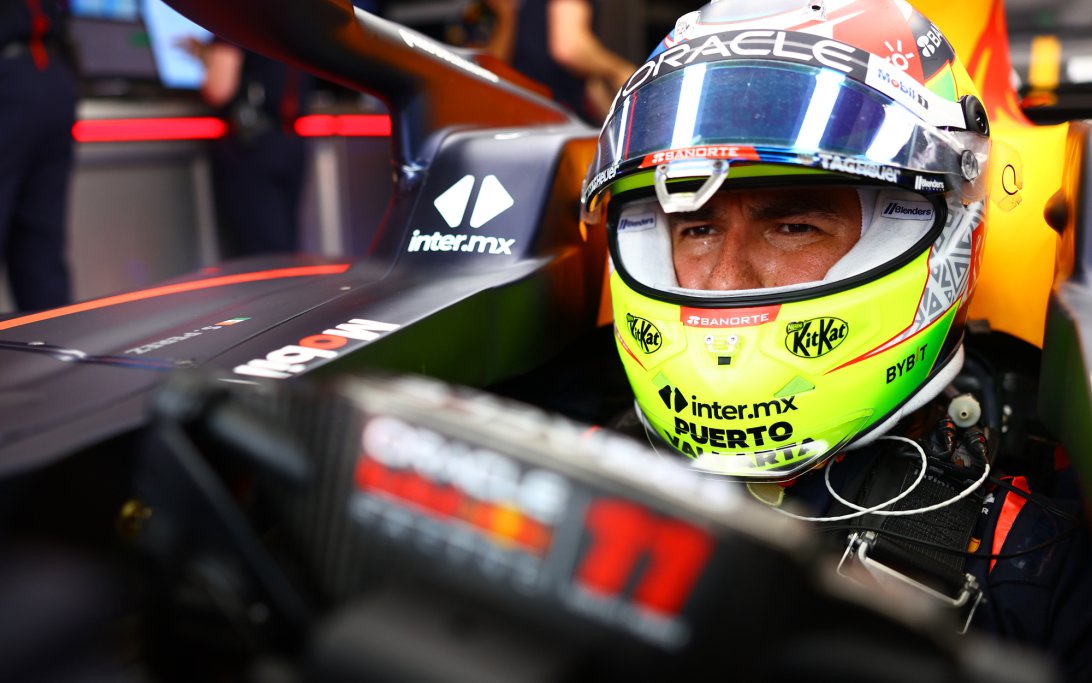



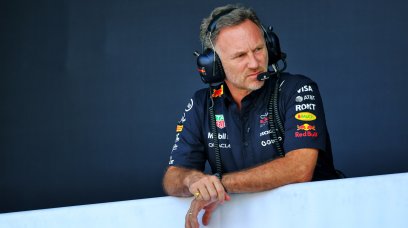


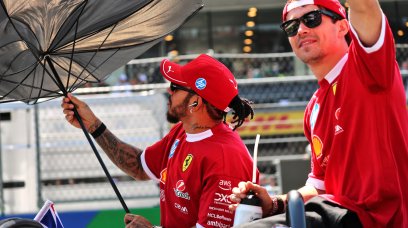


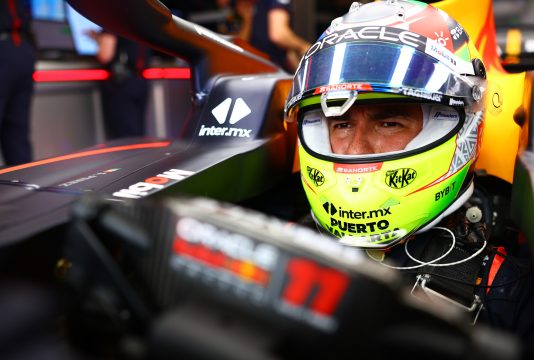
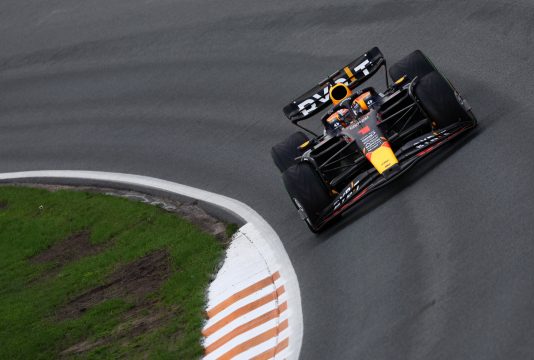
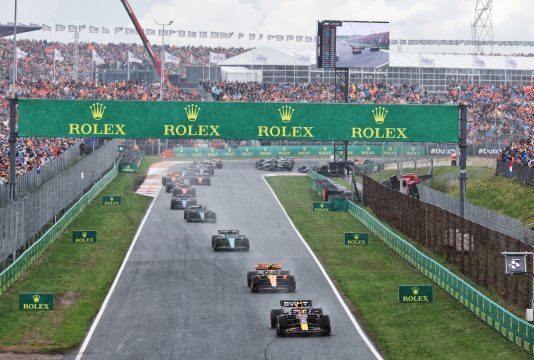
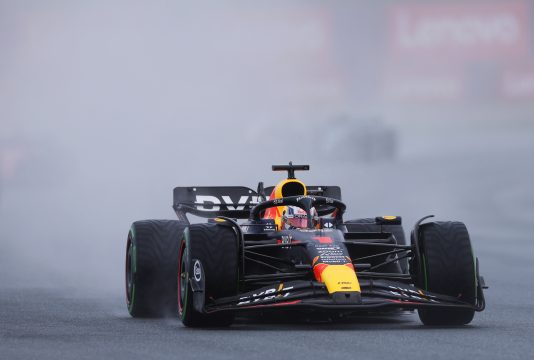
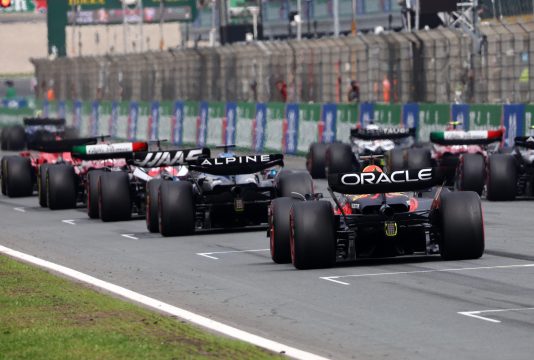

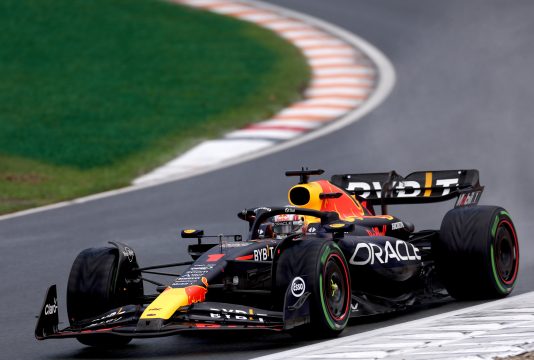


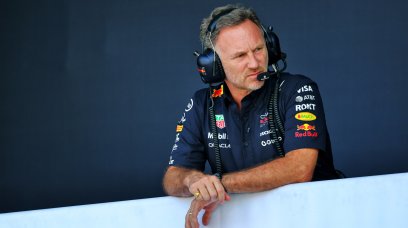

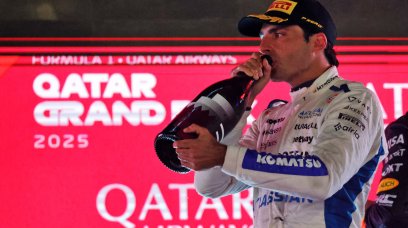

Join the conversation!